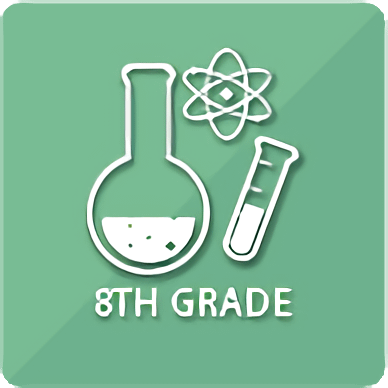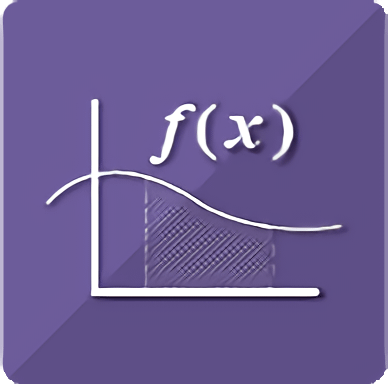- Home
- All Courses
- Science
- Science 8th Grade (1st semester)

$250.00
Science 8th Grade (1st semester)
Course Description
This course focuses on both the large and small: the smallest structures – the atoms and cells that make up the living and nonliving world around us; and the largest systems – the cycles of the natural world, the interaction of energy and matter, classical mechanics, and the celestial objects throughout the universe. Beginning with classification systems, students learn about the elements and the structure of atoms. Students apply what they learn about temperature scales, the difference between temperature and heat, and chemical reactions to the study of energy and ways matter can change. This understanding of chemistry helps students in their next phase of study: cell function, the life-giving functions of photosynthesis and respiration, the biology of their own bodies, and the genetics that make each living being unique. The focus widens again as students explore classical mechanics: Newton’s Three Laws of Motion and the Law of Universal Gravitation. Students then apply classical mechanics to planetary motion, the effects of the Moon, travel beyond Earth, and the most up-to-date discoveries about the universe.
Course Breakdown
Elements and the periodic table
Atomic orbitals, electron shells, and quantum numbers
Mixtures and compounds
States of matter
Phase changes
Solutions and suspensions
Scientific method
Measurement Energy and temperature in chemical reactions
Oxidation and reduction
Acids and bases
Chemical reactions in the human body
Digestive system
Endocrine system
Cardiovascular system
Respiratory system
Skeletal system
Muscular system
Excretory system
Nervous system
Course Goals
Describe the model of the atom and how it has developed over time.
Explain quantum numbers and how they relate to the energy of the electrons.
Differentiate between the phases of matter and their properties.
Demonstrate the conditions necessary for phase changes to occur.
Compare the characteristics of solutions, mixtures, colloids, and suspensions. Summarize the factors that affect the rate of a reaction, including enzymes and catalysts.
Differentiate between oxidation and reduction reactions.
Describe the main organ systems in the body.
Explain processes in the brain and how some conditions interfere with them.
eCourses
Social share
Basic
Your choice of 1 eCourse-
eCourse selection from the following options:
• Core or elective high school or middle school eCourses
• Career Preparatory eCourses -
Access to Expert Teachers for Support
• Teacher graded assessments and feedback
• Enrollment Services
Standard
Your choice of 2 eCourses-
eCourse selection from the following options:
• Core or elective high school or middle school eCourses
• Project-Based Learning eCourses
• Career Preparatory eCourses -
Access to Expert Teachers for Support
• Teacher graded assessments and feedback
• Enrollment Services
• A personal learning coach
• Access to a lesson video library
Premium
Your choice of THREE eCourses-
eCourse selection from the following options:
• Core or elective high school or middle school eCourses
• Project-Based Learning eCourses
• Social-Emotional Learning eCourse
• Career Preparatory eCourses -
Instructional and Student Support Services
• Teacher graded assessments and feedback
• A personal learning coach
• Access to a lesson video library
• Three live instructional sessions per week or six hours of tutoring support





